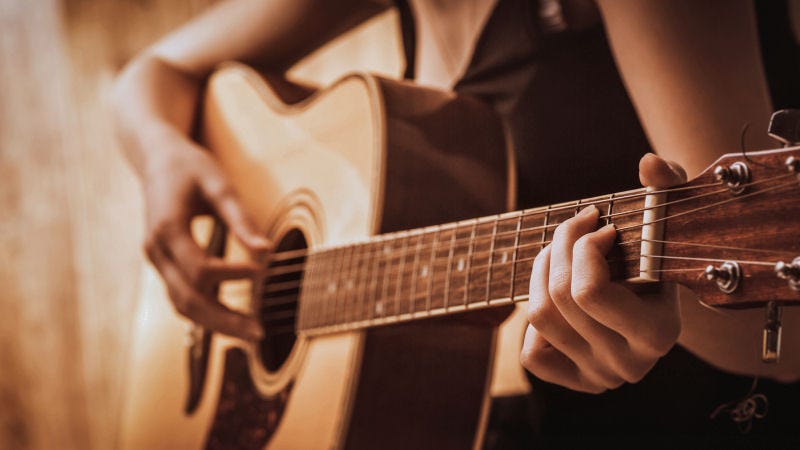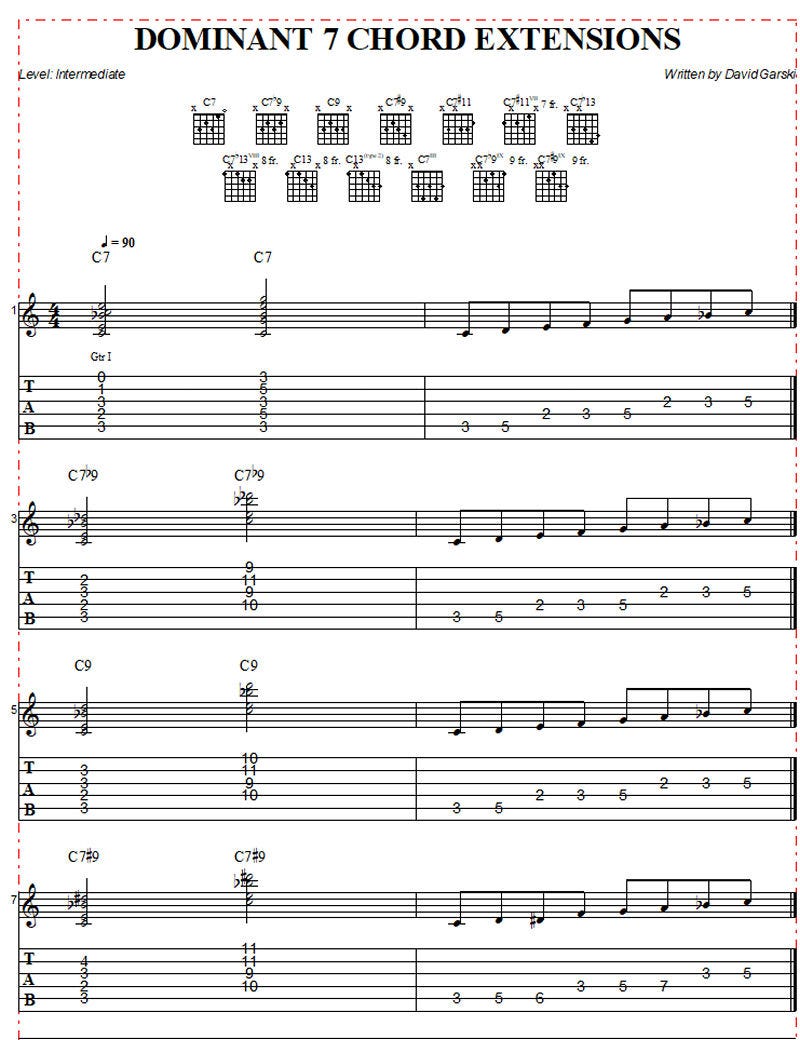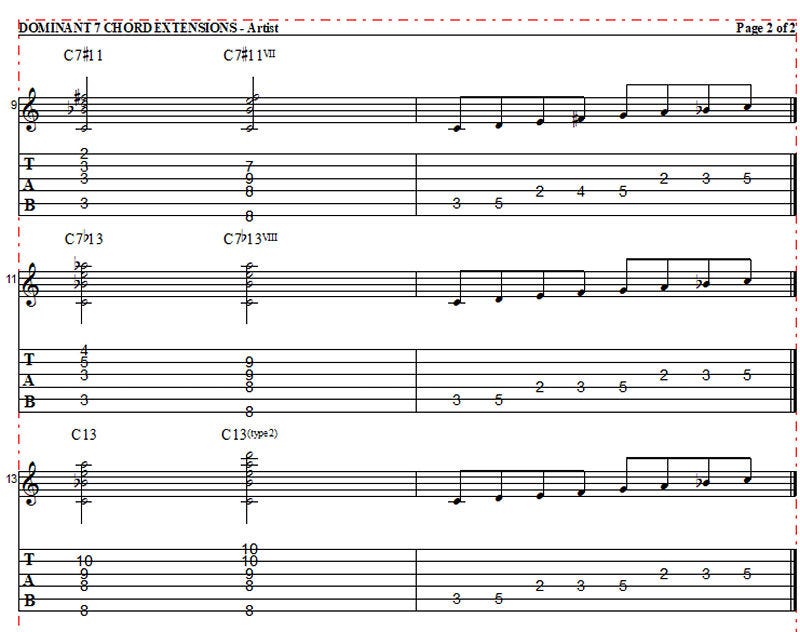When we first learn to play the guitar as beginners, we are given a handful of popular open-string or “cowboy” chords to help us learn how to play hundreds of our favorite songs. Then one day, we discover some strange chords with numbers on them. What are they?
Some of these open-string chords are called “7th’s”. In a word, they are considered “blues” chords because of their structures. You might see chords like: “C7, G7, D7, A7, E7, B7, etc”. Most of these are fairly easy chords to play.
Some common chord progressions that use these types of chords, might look something like this:
C - C7 - F - C - G - G7 - C
or
G - G7 - C - G - D - D7 - C - G
“7th” chords are transitional.
Meaning they create “movement” in the progression. Adding a 7th chord to a progression will sometimes make the progression feel like it needs to be resolved.
When playing the “blues”, “7th” chords are used almost exclusively throughout the progression of the song. This allows scales like the “minor pentatonic” to be improvised with ease; and fit almost effortlessly with every chord in the progression.
Then there are the extended versions of these 7th chords.
Generally speaking, when you start adding other notes to a 7th chord, your tapping into the “jazz/blues” realm of music. Extended chords usually add variations on numbers like 9ths, 11ths and 13ths; along with all of their weird, strange variations within.
Here are some exercises for you to practice.
These are some of the types of extension chords that come from the common “7th” chords. In some cases, these chords can be used as alternatives to the common 7th chord, because they have the added notes to give them more nuance and color.
If you would like to support my work on these lessons, please consider becoming a paid subscriber. Thank-you, Dave.





